Hair always faces a new challenge with each season’s changing temperature. In summer, UV rays, sweat, humidity, chlorine and saltwater can wreak havoc on even the best-maintained locks, leading to dryness, frizz, breakage and colour fading. Whether you are heading to the beach, commuting to work under the scorching sun, or just going for a long walk, it is important to have a smart hair care routine to stay ahead.
With that in mind, Eastern Eye asked top celebrity stylist and London salon owner Dimps Sanghani to share summer hair care tips that will keep your tresses healthy and fabulous, without taking up too much time.

UV protection
Just as your skin is protected with sunblock, your hair benefits from sun protection too. Leave-in conditioners with UV filters can help shield strands from harmful rays, which degrade the hair’s protein structure (keratin) and cause colour-treated hair to fade more quickly. Look for ingredients such as benzophenone-4 or ethylhexyl methoxycinnamate on the label.
Strategic drying
Frequent heat styling in summer can worsen dryness. Air-drying is healthier, but it must be done correctly. Squeeze (do not rub) your hair dry using a microfibre towel to reduce frizz and split ends. Then comb through a lightweight serum or cream to help lock in moisture.

Not too tight
Tight ponytails and buns can lead to breakage, especially when your hair is wet or sweaty. Use fabric-covered scrunchies or spiral ties, and switch up your hairstyles to avoid repeated stress on the same areas.
Rinsing and repeat
Both chlorine and saltwater strip hair of natural oils, leaving it brittle. Wetting your hair with clean water before swimming helps reduce how much chlorine or salt it absorbs. After swimming, rinse immediately and follow with a hydrating conditioner to restore balance.
Scalp cleanse
Sweat and oil can build up on the scalp during summer, clogging follicles and causing dandruff. Regular scalp cleansing is essential. Use a gentle exfoliating scrub or a clarifying shampoo once a week to remove build-up. Tea tree oil shampoos are a good natural anti-fungal option.
Trim
Sun exposure accelerates split ends. Regular trims help prevent fraying and make hair look healthier. Aim for a light trim every six to eight weeks during summer to keep ends neat.

Inside-out hydration
It is not just about what you apply to your hair. Hydration and nutrition are key. Drink at least two litres of water a day and eat foods rich in biotin, omega-3 fatty acids and vitamin E, such as eggs, nuts, seeds and leafy greens, to support stronger, shinier hair.
Protective styles
Low-maintenance braids, twists or buns shield hair from sun damage, minimise tangling and help retain moisture. Moisturise your hair and scalp before styling, and avoid styles that pull tightly on the roots.
Silk or satin at night
Cotton pillowcases create friction, leading to breakage and frizz. Switching to silk or satin helps your hair retain moisture and stay smooth overnight. Tie your hair loosely, or use a silk bonnet before bed for extra protection.
Protect from products
Using too many styling products in hot weather can weigh hair down and attract grime. A clarifying shampoo every two weeks helps reset your scalp and strands. Always follow up with a deep conditioner.
Summer hair care does not need to be complicated. With a few science-backed tweaks to your routine, you can enjoy the sunshine without sacrificing your strands. Ultimately, prioritise protection, hydration and reduced heat for hair that shines all summer long.
Dimple Sanghani is a London based hair and beauty expert. Visit Tiara Organic Hair & Beauty at www.tiaraorganic.com for more.

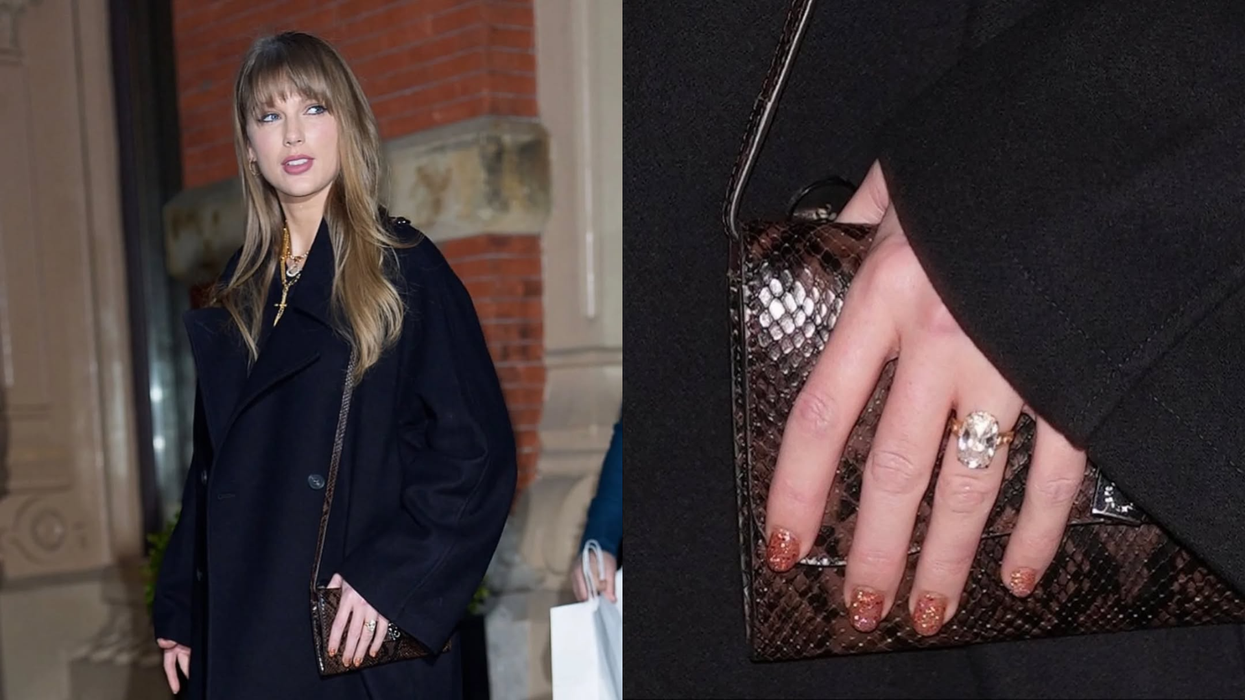
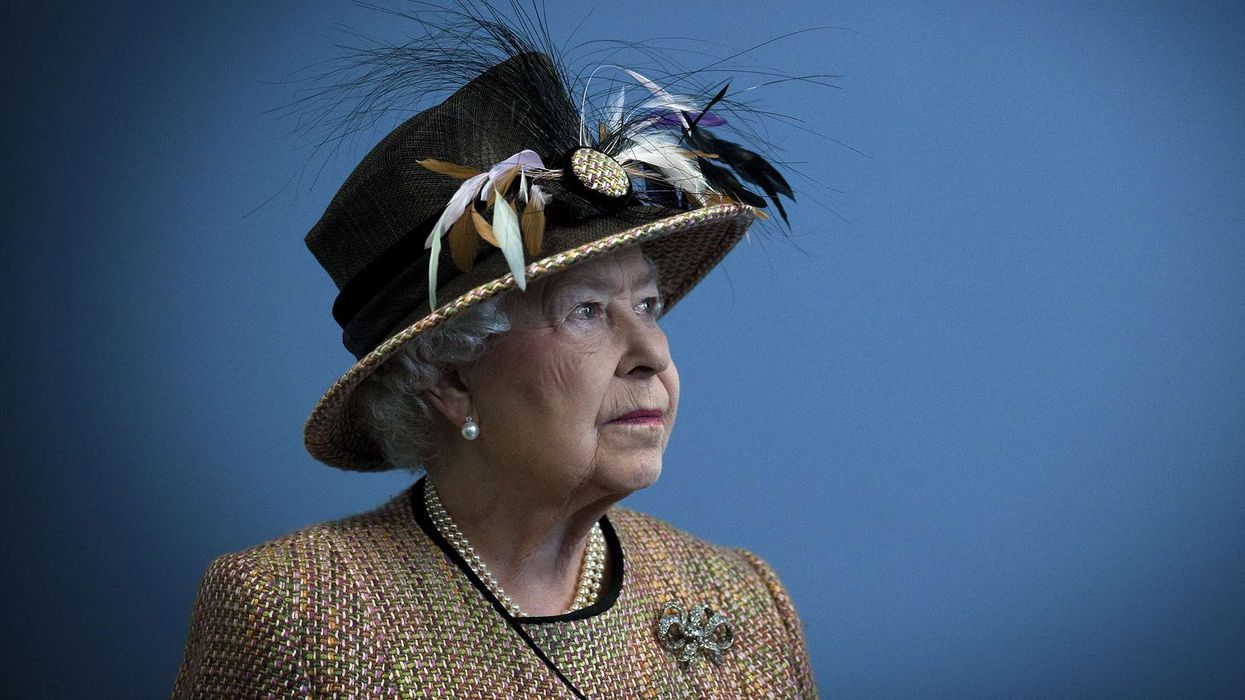

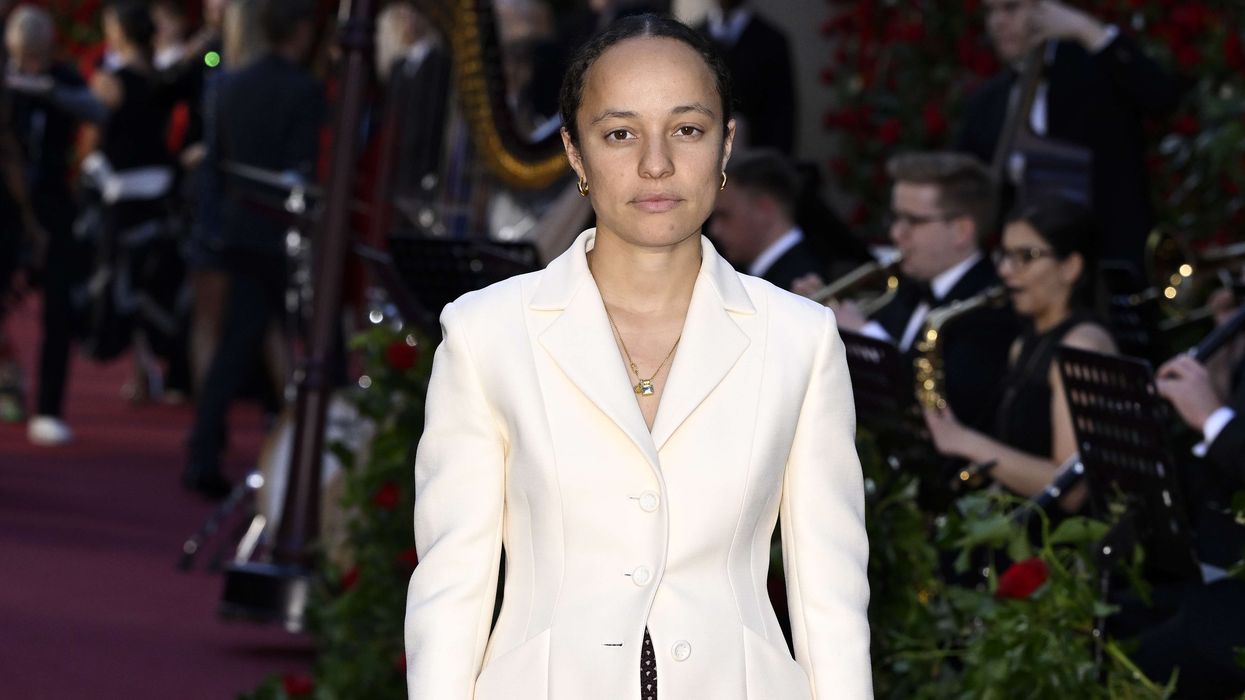
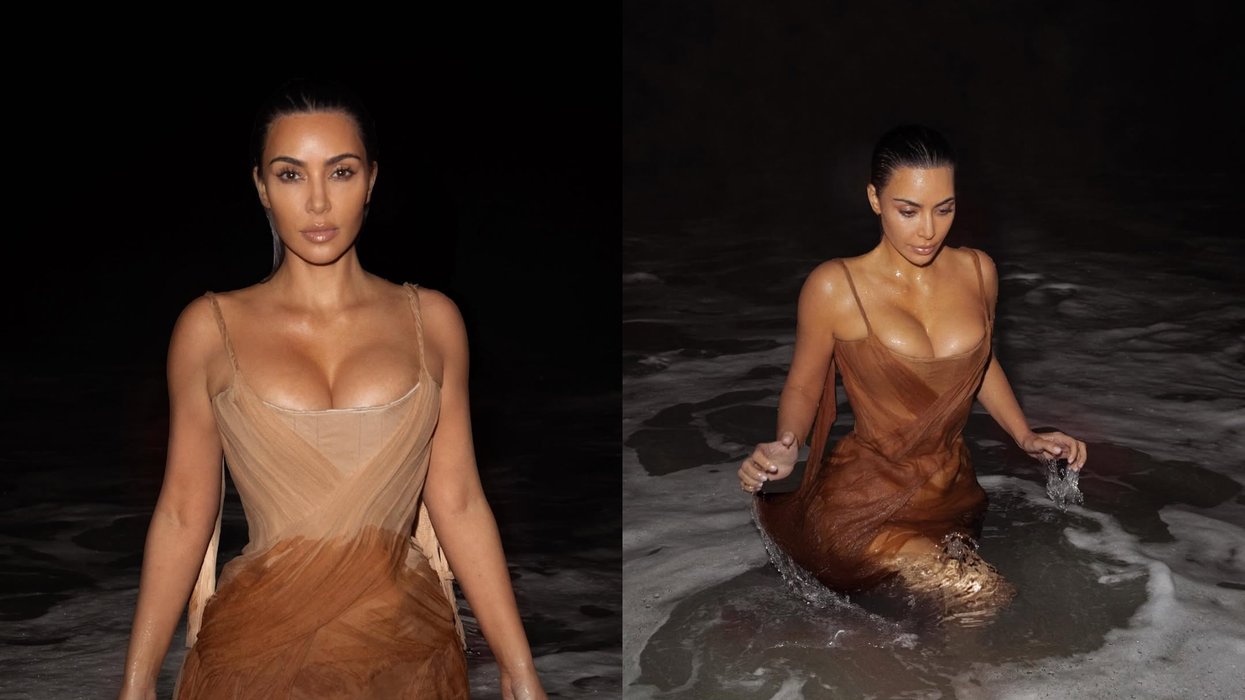
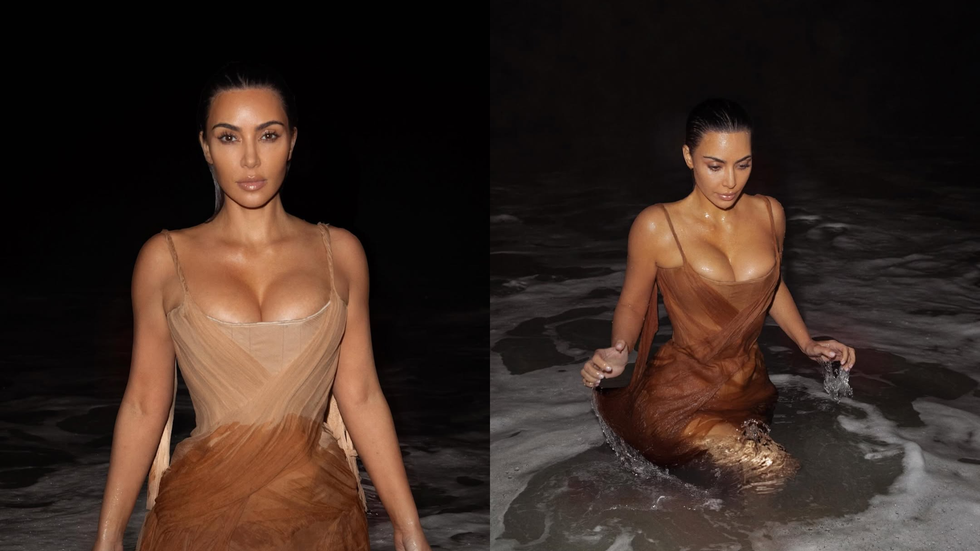 Kim Kardashian splashes in nude McQueen gown on Rio sand Instagram/kimkardashian
Kim Kardashian splashes in nude McQueen gown on Rio sand Instagram/kimkardashian 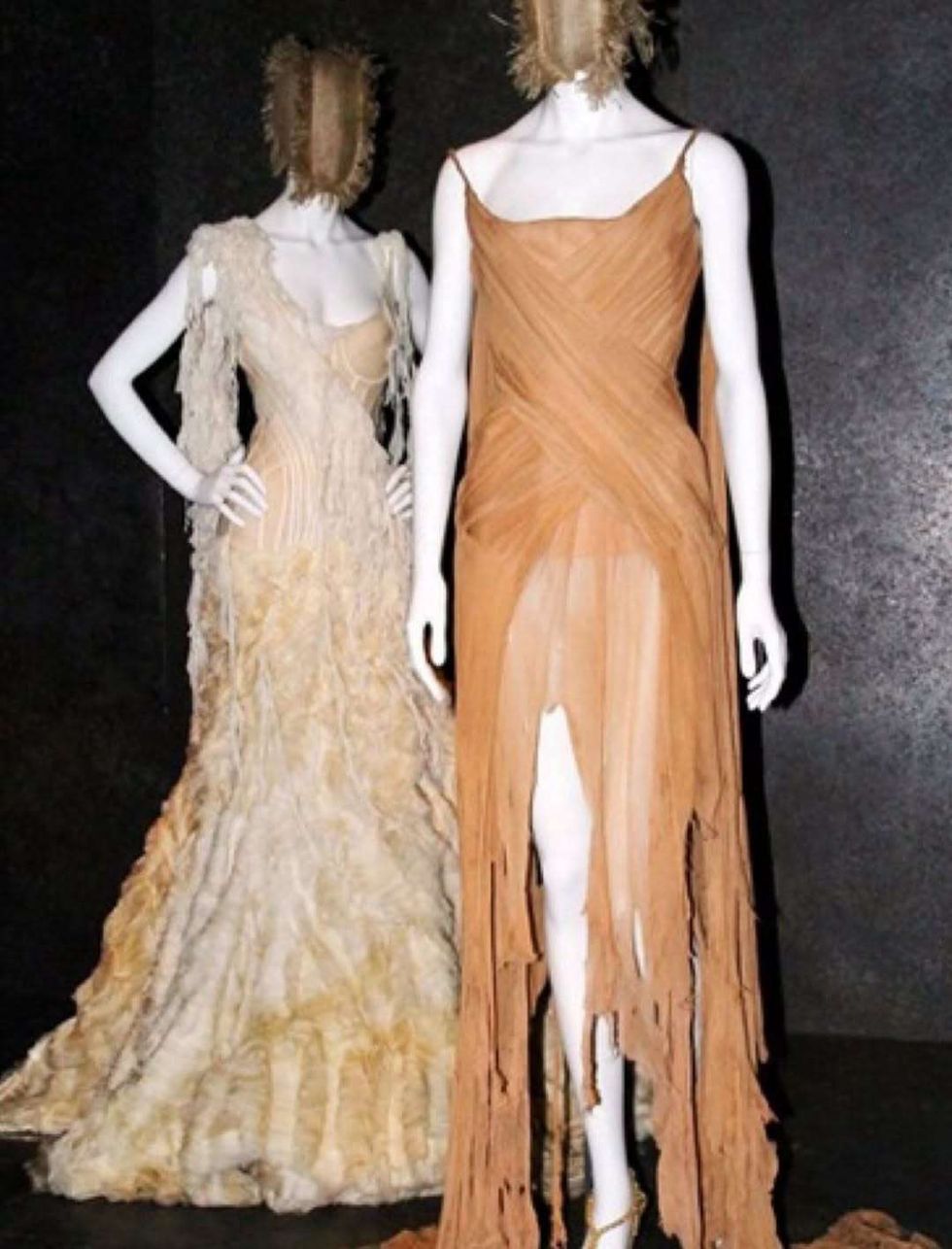 Shipwreck-inspired McQueen dressInstagram/kimkardashian
Shipwreck-inspired McQueen dressInstagram/kimkardashian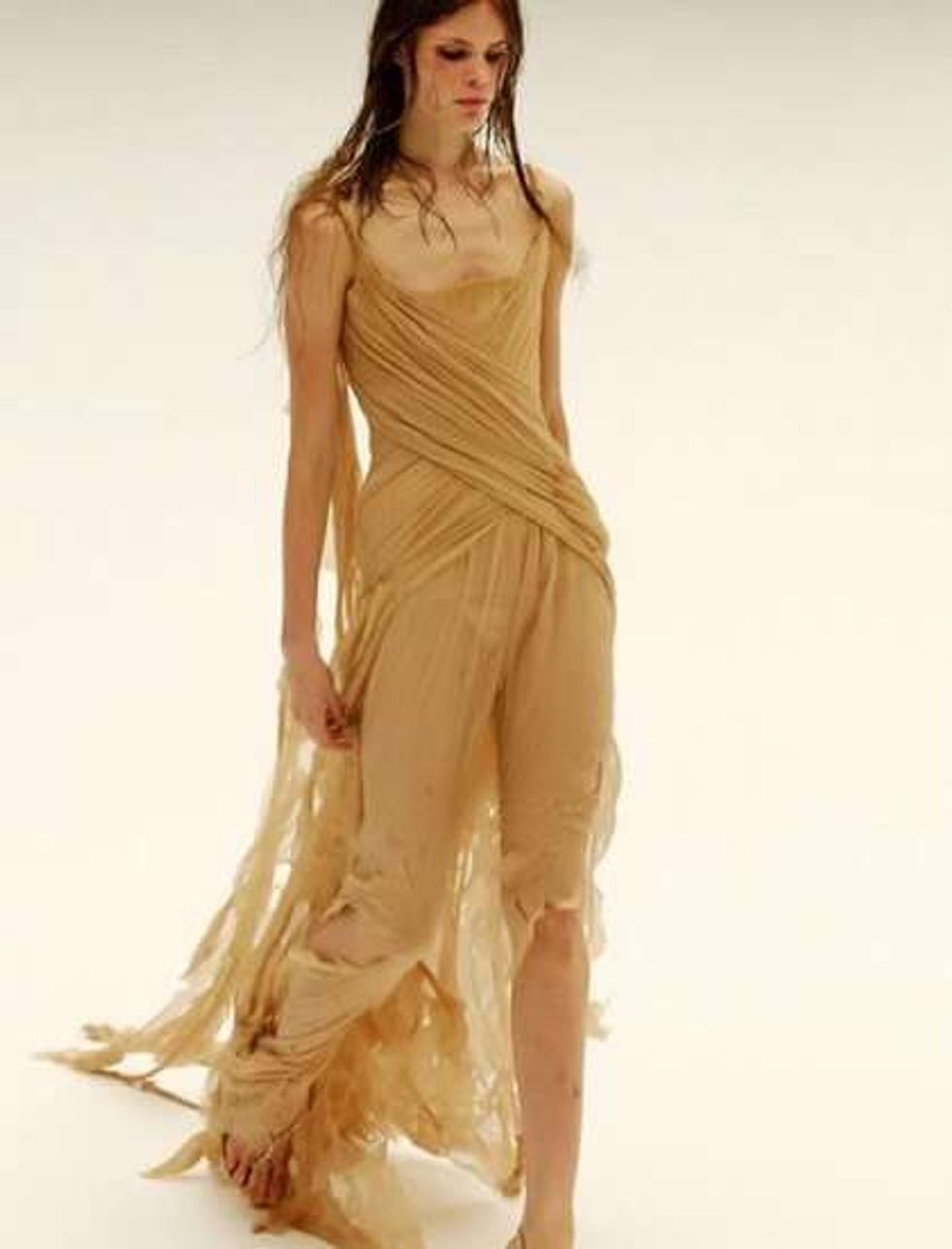 Shipwreck-inspired McQueen dressInstagram/kimkardashian
Shipwreck-inspired McQueen dressInstagram/kimkardashian






